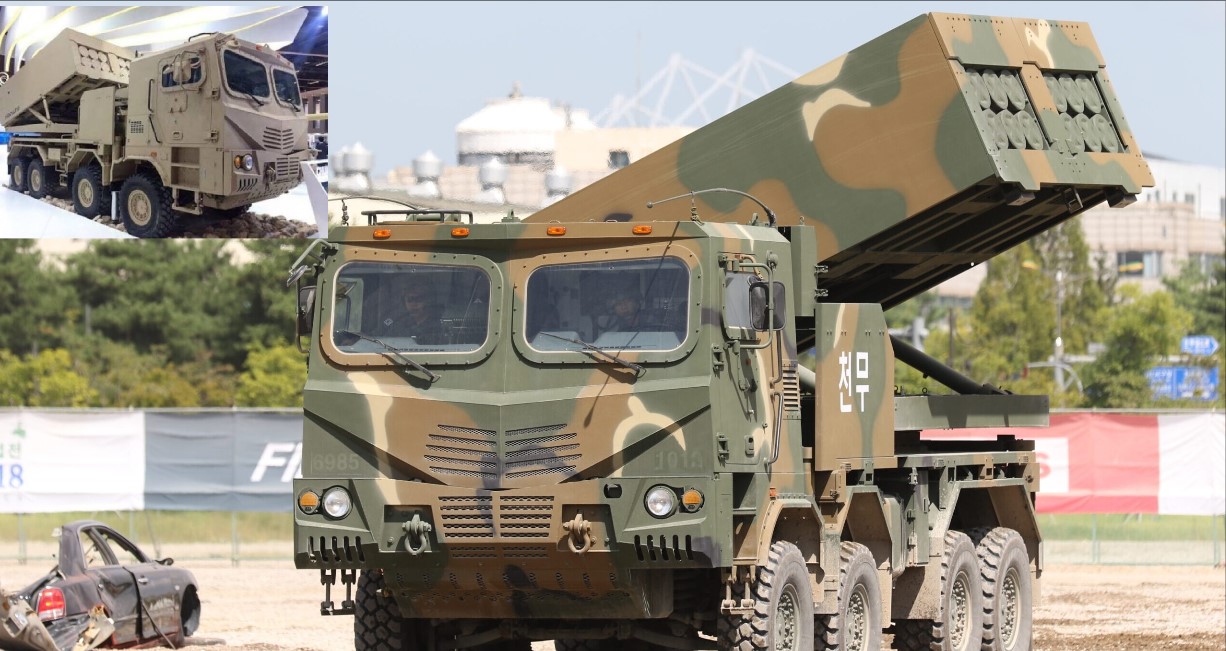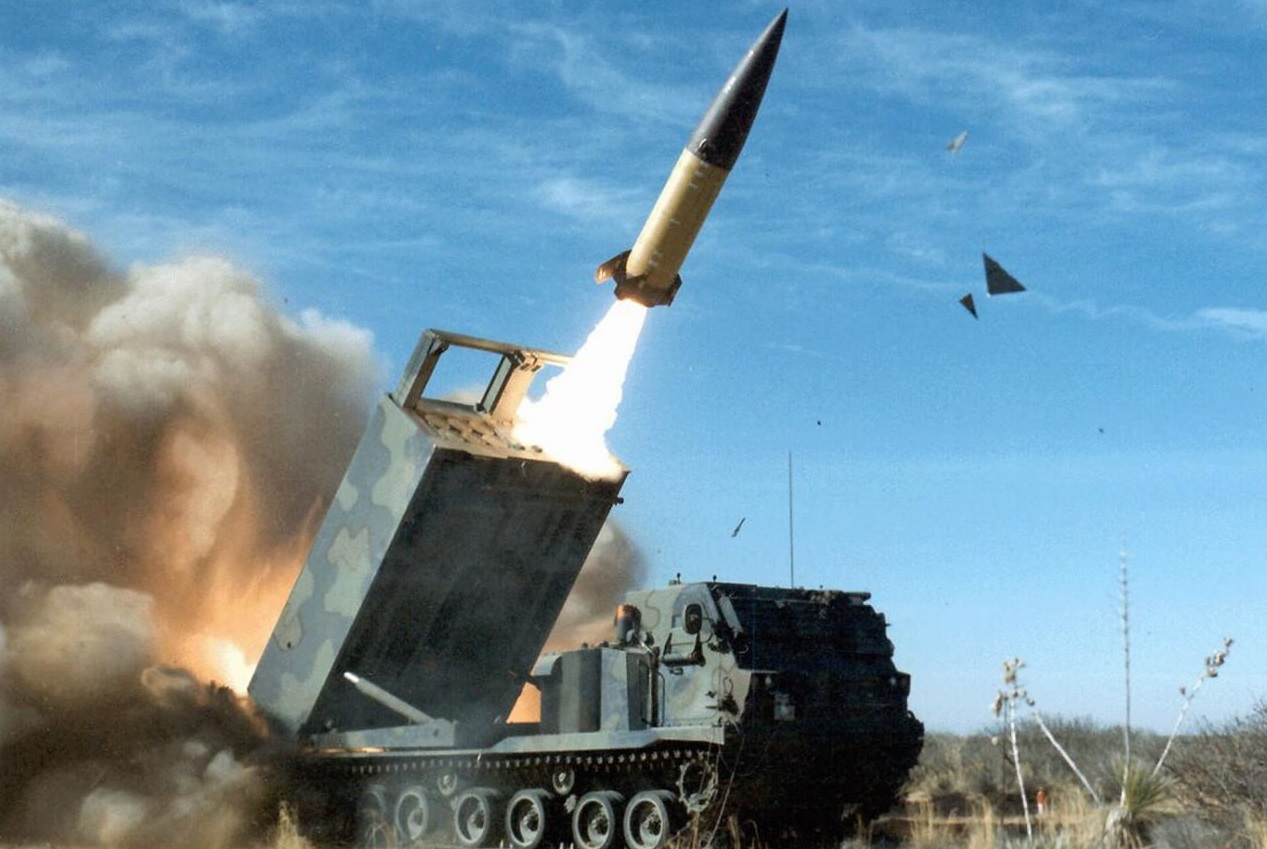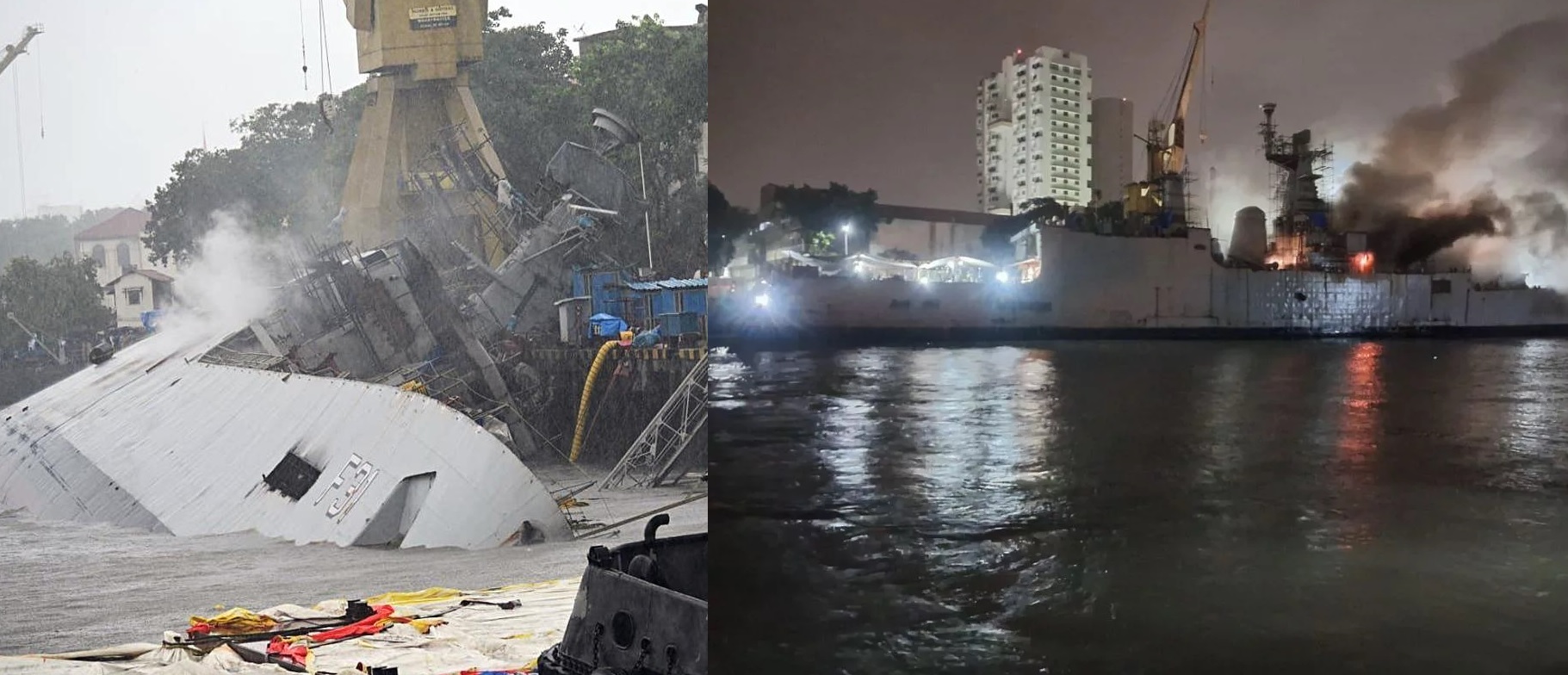Indian Navy Sets Sights on Fully Indigenous Marine and Diesel Engines by 2047

The Indian Navy is embarking on a transformative journey to achieve full self-reliance in marine and diesel propulsion systems by 2047, a target closely tied to the national vision of *Aatmanirbhar Bharat* (Self-Reliant India). This ambitious initiative not only seeks to end dependence on foreign suppliers but also aims to solidify India's position as a global leader in defense manufacturing.
Current Dependency and Challenges
India's reliance on imported propulsion systems for its naval fleet has long been a strategic vulnerability. Key suppliers include Ukraine, which has provided engines for frontline warships, and global aerospace giants like GE Aerospace and Rolls-Royce, known for their advanced gas turbine engines. However, geopolitical uncertainties, such as the Russia-Ukraine conflict, have highlighted the risks of relying on external sources for critical defense equipment. These challenges have galvanized efforts to develop indigenous alternatives.
The Path to Self-Reliance
The Indian Navy, alongside the Defence Research and Development Organisation (DRDO) and its Gas Turbine Research Establishment (GTRE), has initiated a series of projects to build indigenous propulsion systems. A pivotal endeavor in this direction is the development of the Kaveri Marine Gas Turbine (KMGT). Derived from the GTX-35VS Kaveri engine originally designed for fighter jets, the KMGT represents a significant leap in adapting aerospace propulsion technologies for marine applications.
Looking further ahead, the Navy plans to develop a marine gas turbine based on the advanced engine under development for the AMCA (Advanced Medium Combat Aircraft), India’s fifth-generation stealth fighter. This effort underscores India's commitment to leveraging synergies across its defense platforms to create versatile, cutting-edge technologies.
Indigenous Diesel Engine Development
In parallel, the Navy is fostering partnerships with Indian private-sector companies specializing in heavy engineering and engine manufacturing. These collaborations aim to create diesel engines for smaller ships and auxiliary vessels. Meeting stringent naval standards, these engines are expected to ensure consistent performance while reducing operational costs.
Local manufacturing offers a dual advantage: a dependable supply chain for spares and reduced maintenance downtime. The long-term cost-effectiveness of indigenous propulsion systems will also contribute to enhanced fleet readiness.
Broader Implications
The shift towards self-reliance in propulsion systems is more than just a technological milestone—it represents a strategic pivot for India’s naval capabilities. Indigenous propulsion systems will not only enhance the operational autonomy of the Indian Navy but also stimulate the domestic defense manufacturing ecosystem, creating jobs and fostering innovation.
Moreover, achieving this goal by 2047, the centenary of India’s independence, will serve as a powerful symbol of the country’s defense and technological prowess. As these engines power India’s naval fleet across the high seas, they will embody the spirit of Aatmanirbhar Bharat in every mission.
This initiative also aligns with global trends emphasizing the localization of defense manufacturing, ensuring that India stays ahead in a rapidly evolving geopolitical landscape.
With focused R&D efforts, robust collaborations, and strategic investments, the Indian Navy is steadily charting a course towards a future powered by fully indigenous marine and diesel engines.


